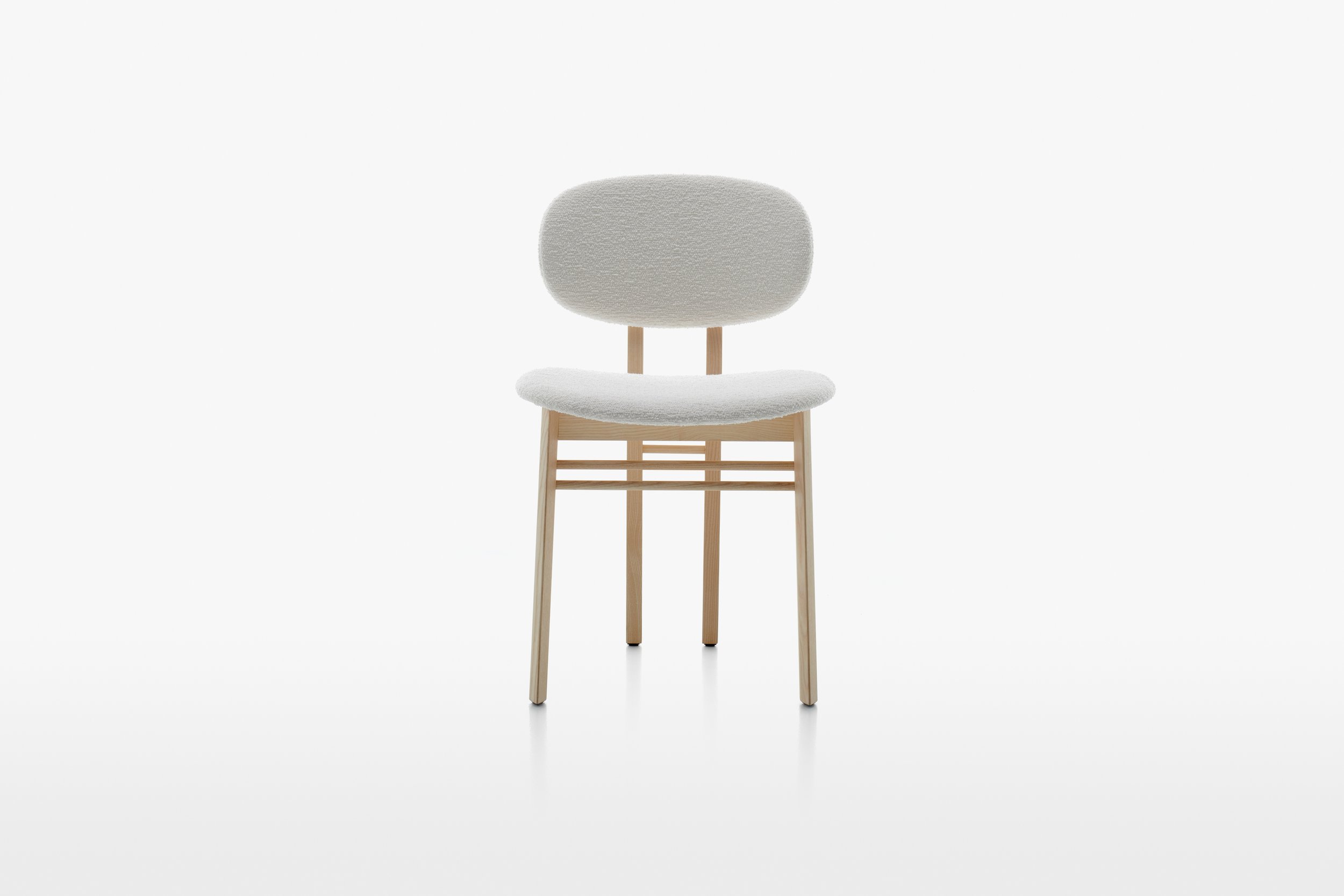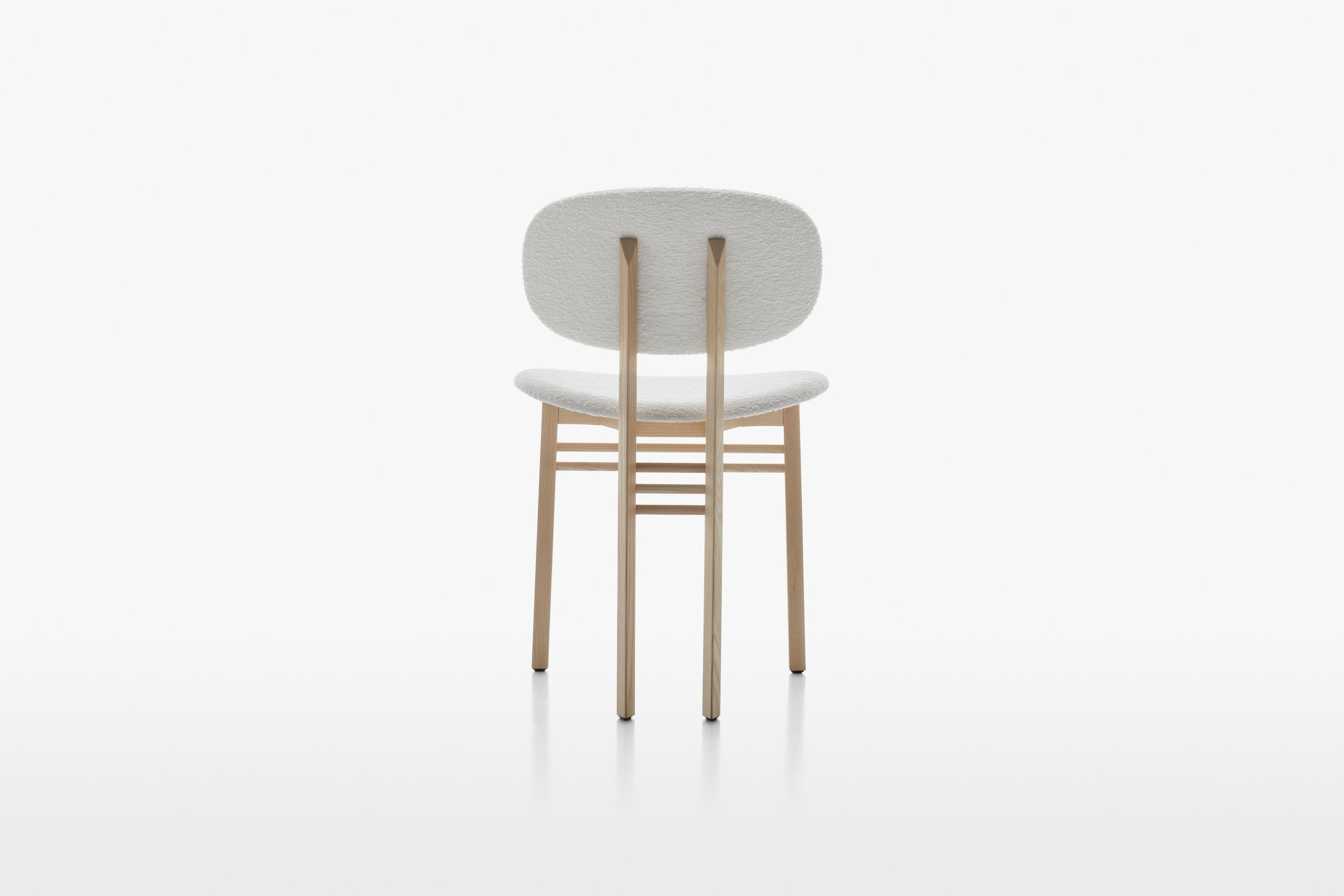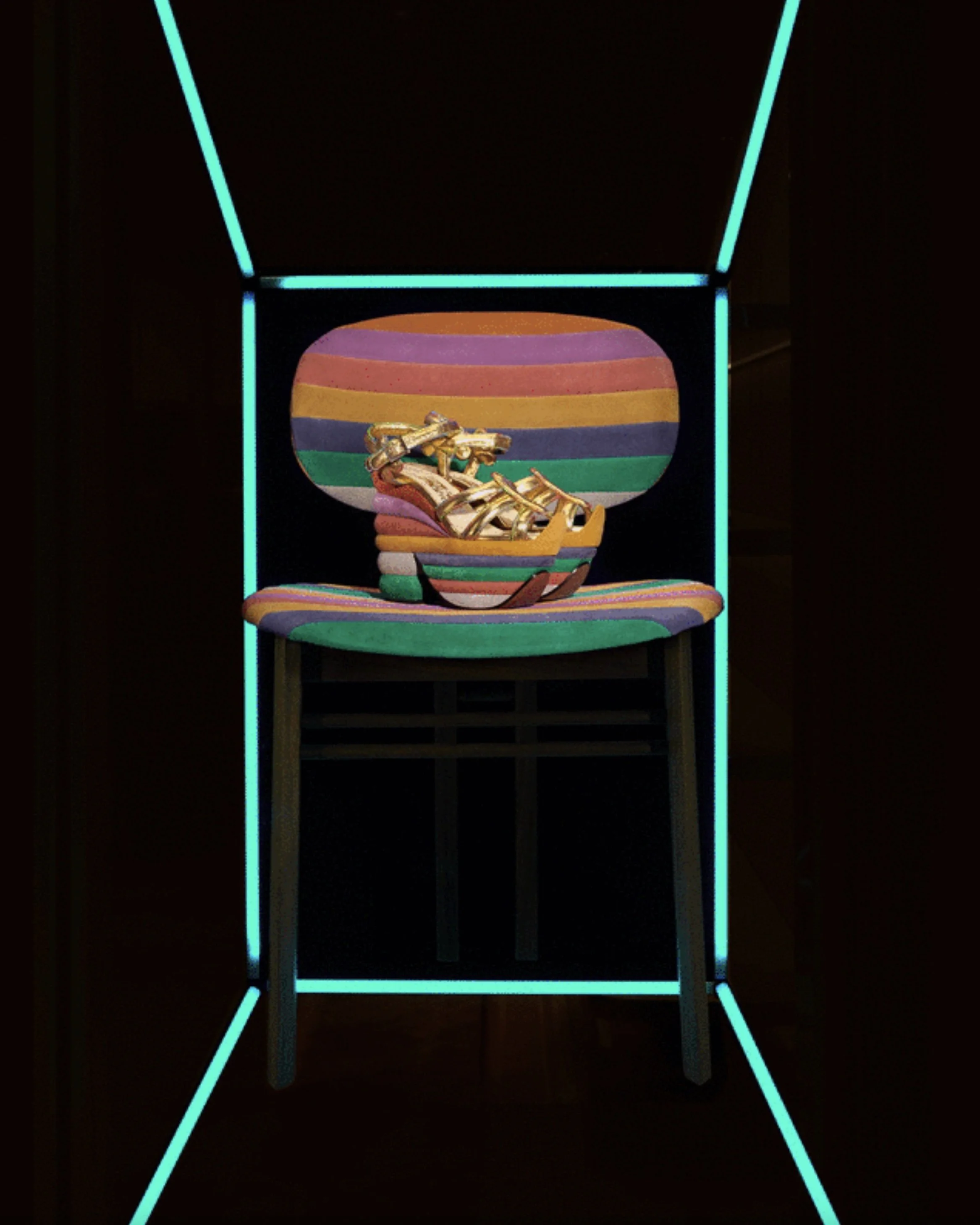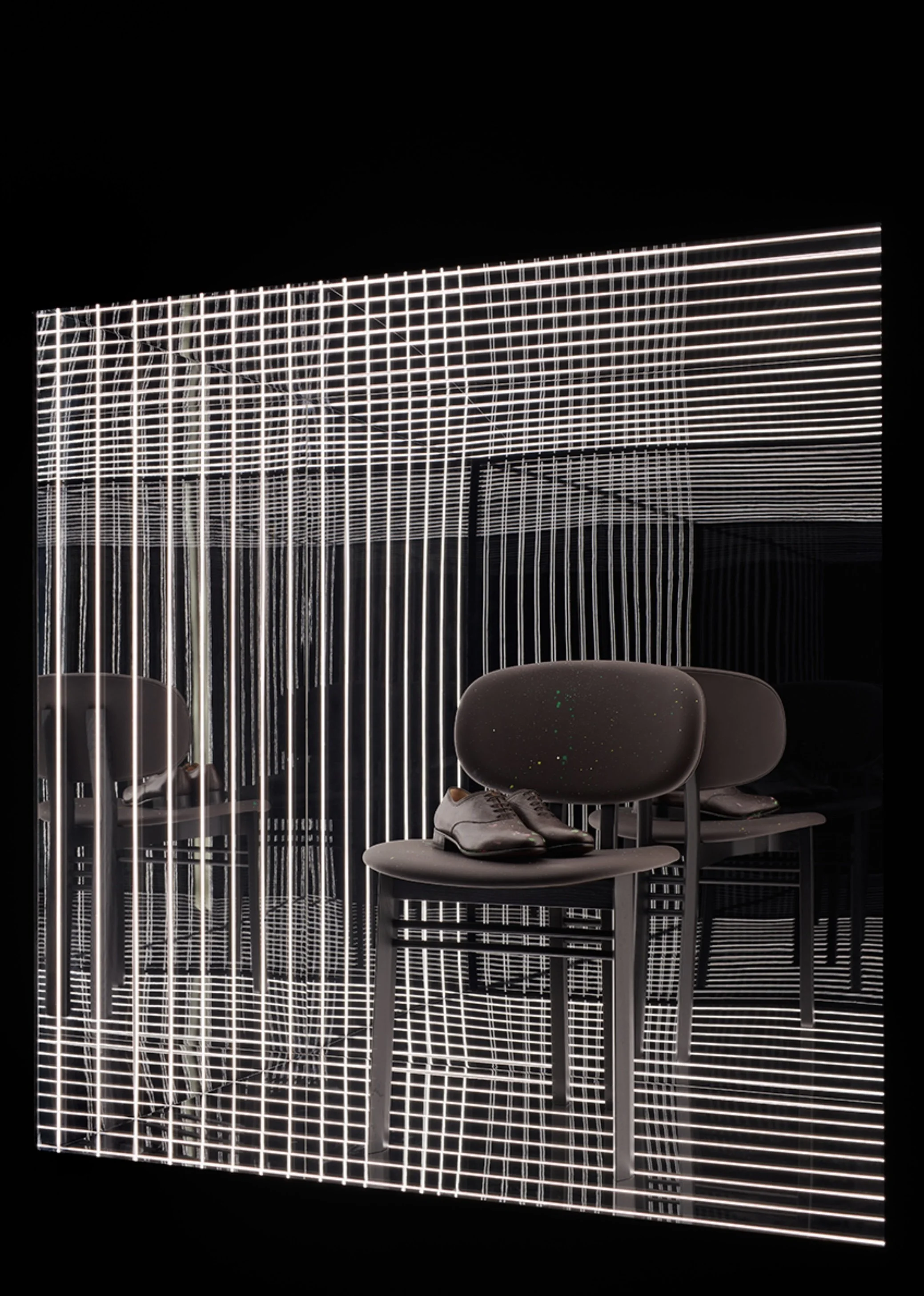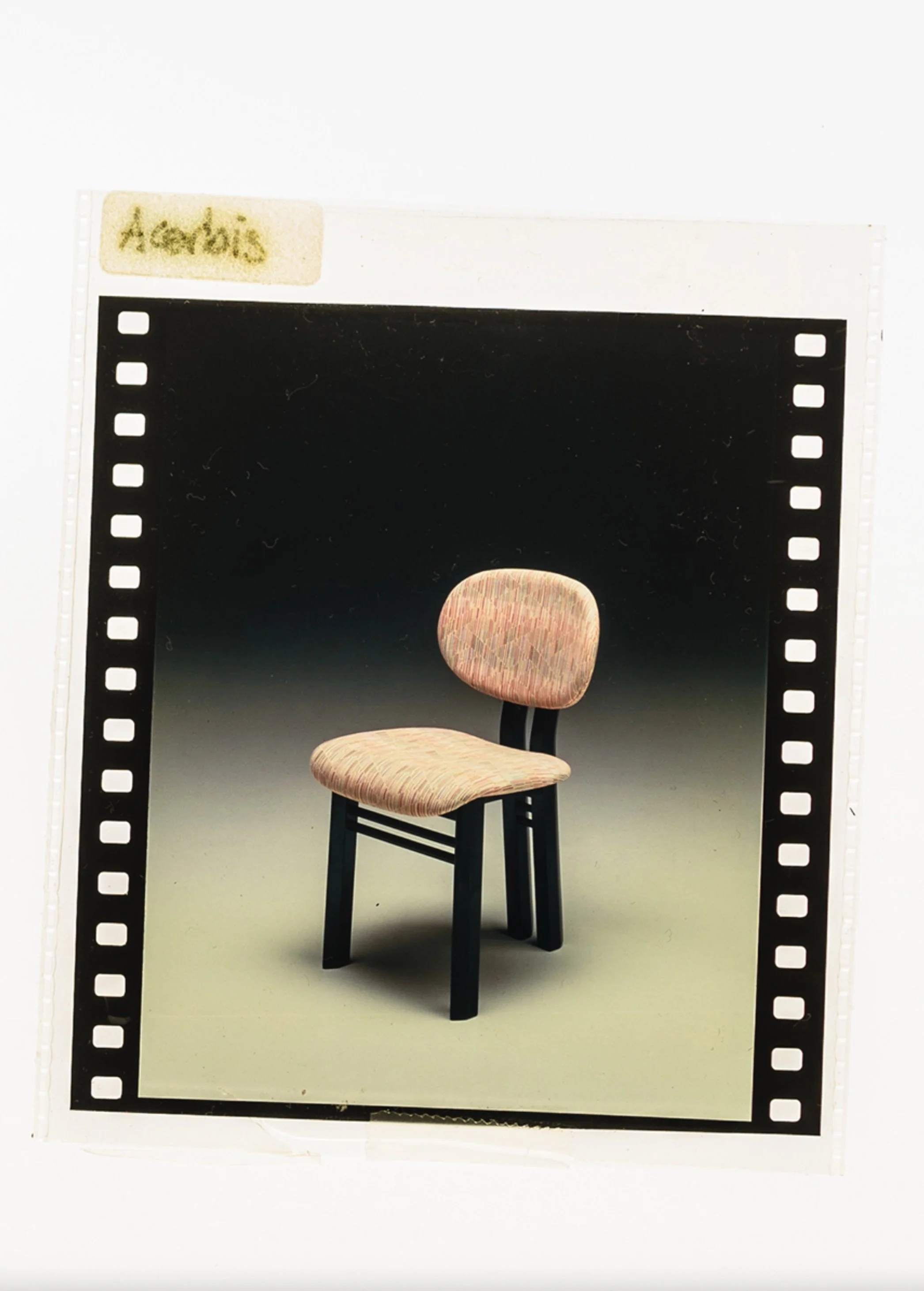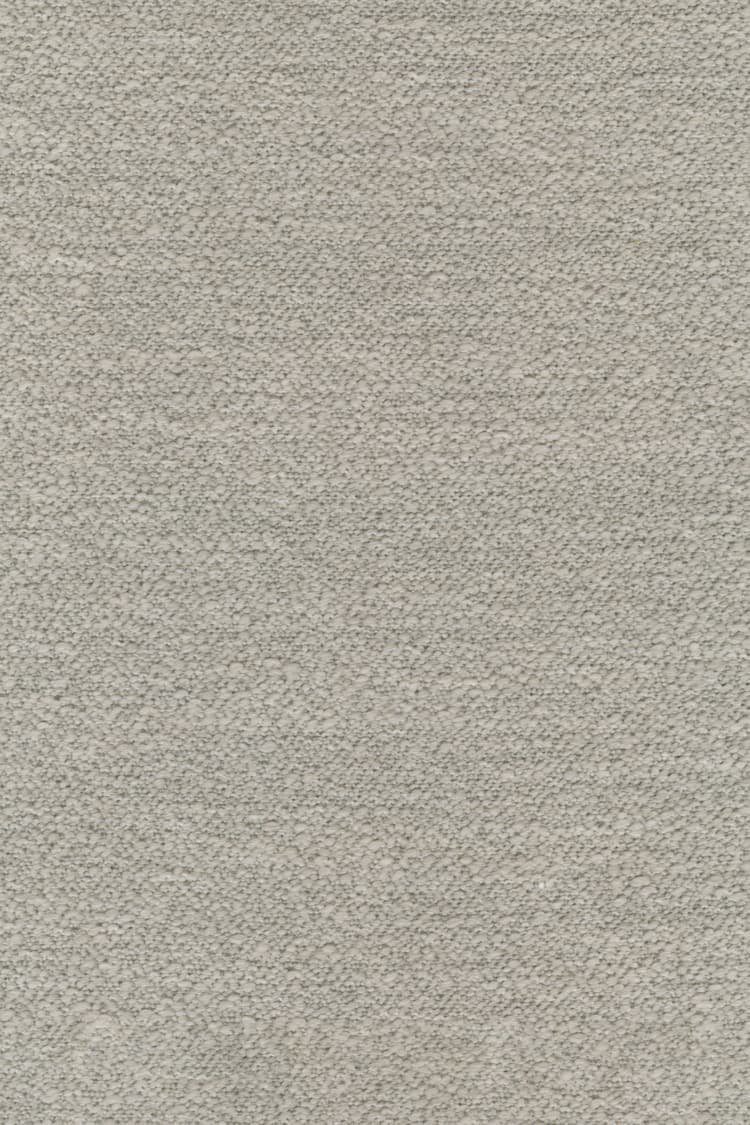LIGHTWEIGHT COMFORT
First introduced in 1983 by Giotto Stoppino and Lodovico Acerbis, the Med chair returned in 2023 as part of Acerbis’ Remasters collection, reaffirming its timeless allure. Its distinctive silhouette, characterized by gentle curves and precise lines, echoes the profile of Manhattan’s iconic Flatiron Building. The chair’s elegance is emphasized by cross-pieces that interconnect its legs, creating a harmonious visual balance.
Across locations worldwide, the Med chair enriches spaces with subtle sophistication. At Milan’s historic Teatro Manzoni, Med chairs seamlessly integrate into the iconic space, harmonizing with its luxurious chandeliers and classical frescoes. In Milan’s Casa Scilla, situated in a refined early 20th-century apartment, the Med chairs engage in thoughtful dialogue with classical architecture, complementing the salon’s high ceilings, vintage oak parquet, and Parisian-inspired detailing.
During Fuorisalone 2022, in collaboration with Salvatore Ferragamo, the Med chair was reimagined, translating the iconic Rainbow wedge designed for Judy Garland and the famed shoe crafted for Andy Warhol into evocative seating pieces. The following year, at Milan’s renowned Spotti showroom, the Med chair once again played a key role, celebrating the spirit of the 1970s Milanese living room in dialogue with other archival Acerbis designs.
The enduring appeal of Med lies in the vision and craftsmanship of its creators. Lodovico Acerbis and Giotto Stoppino’s partnership, rooted in innovation and refinement, remains evident in each graceful line. As it returns through Acerbis’ Remasters, the Med chair continues its legacy,
Chair. Back and seat in curved plywood, with polyurethane padding and fabric upholstery. The upholstery is non-removable and completely covers the backrest and seat.
The structure is in wood or matt lacquered: solid ash, in black stained ash, bleached ash finish and dark stained walnut finish or solid beech, matt lacquered in dark green and orange finishes.
Helia Fabric by Kvadrat/Raf Simons:
Constructed to resemble the texture and sheen of Astrakhan, Helia is a bouclé textile with an organic, structured design that swirls across the surface. The fabric is a woven interpretation of the fur and the result of extensive research into the qualities of fur, combining both a luxurious appearance and an extremely soft handle.
Composition: 47% new wool, worsted 32% polyacrylic 15% viscose 4% nylon 2% polyester
fabric
STRUCTURE
Giotto Stoppino, born in Vigevano in 1926, studied Architecture at Milan and Venice. Since 1953 he has devoted himself almost entirely to architecture, founding together with Gregotti and Meneghetti one of the most culturally committed architects’ offices. Since 1968, with his own independent studio, he has dedicated himself to design. He was president of ADI for the three-year period 1982-1985 and president of the Compasso d’Oro award in 1984. His works are in the Museum of Modern Art in New York, in the Victoria and Albert Museum in London, in the Museum für angewandte Kunst in Munich, in the Museum of Contemporary Art, Chicago and the City-Hall in Shanghai.
Lodovico Acerbis was born in Albino, Bergamo in 1939 and graduated in Economics and Business in Milan. In 1963 he joined his father’s company with the aim of creating design furniture by applying the most advanced technologies and the best materials. Founded in 1870, as a carpentry workshop, the company under his direction reached industrial dimensions and established itself as a leading company in the sector. Lodovico Acerbis combined his work as an industrialist with that of a designer, producing some of the most significant creations of Italian production, often signed together with Giotto Stoppino, with whom he created a fervent creative partnership.




